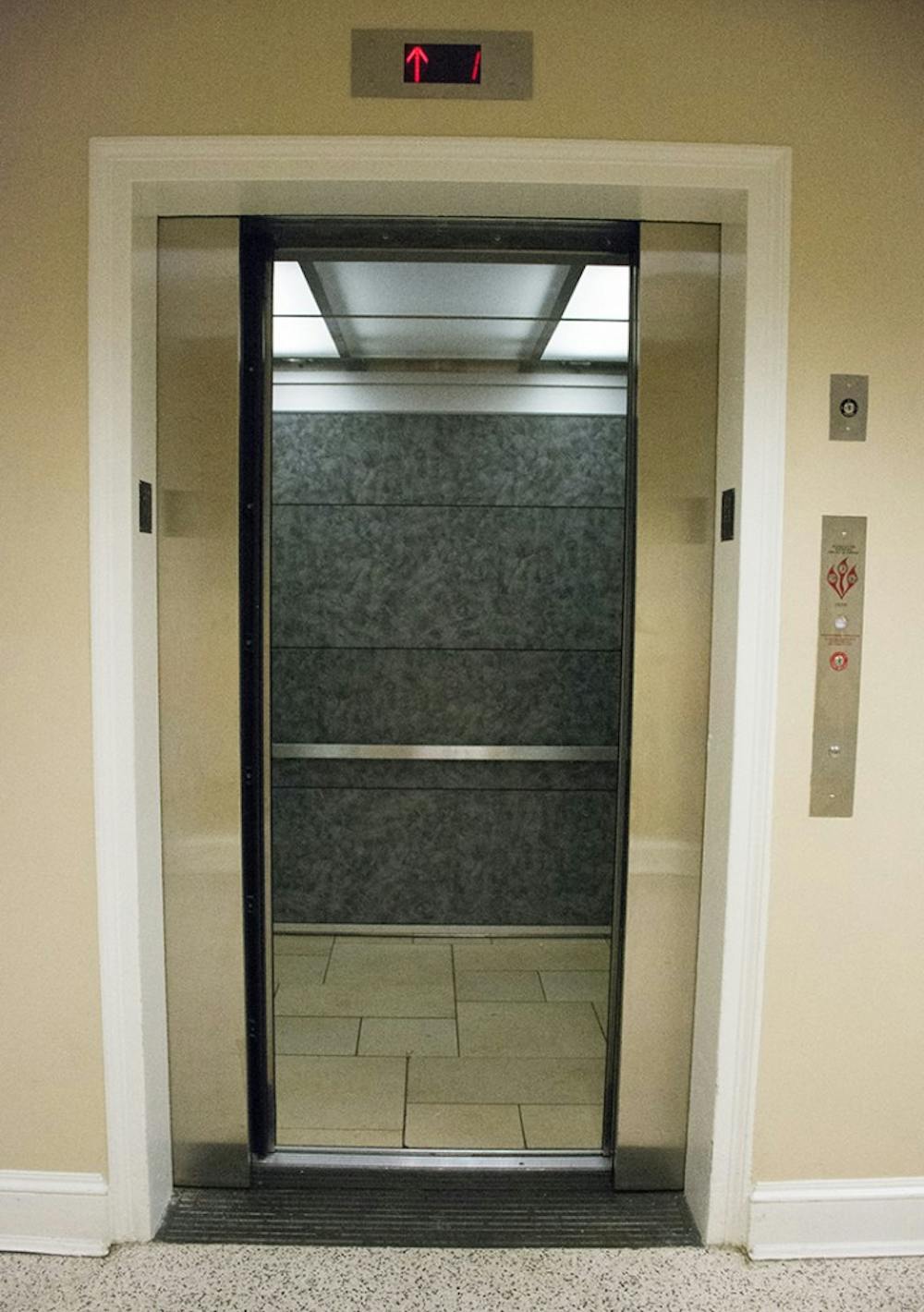The University announced commencement of the Report A Barrier program — an online tool designed to allow students to report barriers that prevent equal access for individuals with disabilities to opportunities around Grounds — April 18.
In an email to students, Pat Lampkin, vice president and chief student affairs officer, said the University “is committed to ensuring that there are no barriers to our academic programs, University-sponsored events, or University facilities and Grounds in Charlottesville.”
Using RAB, students can report and then follow the repair of any type of barrier they encounter around Grounds, Lampkin said. Examples of physical barriers include inoperative elevators, blocked access ramps or inaccessible curbs.
Other barriers could include inaccessible websites, light and sound levels and inaccessible equipment.
Catherine Spear, assistant vice president for the Office of Equal Opportunity Programs, said individuals can submit their concerns online and receive an initial response within five business days. The program is designed to follow up with the reporter to keep them updated on the progress of the repair.
The initiative has been in the works for a year, and was made available 60 days ago in order to test and tweak the system, Spear said.
Since the official launch, RAB has received about 60 reports.
Many University entities — including the Office of Equal Opportunity Programs, Executive Vice President and Provost, Student Disability Access Center, Facilities Management, Information Technology Services and Parking and Transportation — collaborated to execute this project.
Spear said the tool will help the University go beyond the legal requirements for equal access.
“We want to ensure that faculty, staff and others have a voice regarding access issues for individuals with disabilities [and] that we take action and make improvements whenever we can,” Spear said in an email statement. “We continually strive for inclusion and the creation of a welcoming space for all members of our University community.”
Mike Merriam, associate director for facilities maintenance, said the tool will mean more effective reduction in physical access barriers across Grounds, as well as a better way of tabulating access related information.
“If we get a call or somehow or another an accessibility barrier exists, and we take care of it, we don’t necessarily pool all that information together on what we’re doing to address accessibility issues around Grounds,” Merriam said. “So this will benefit to making it clear how much U.Va. does to address accessibility issues.”
Sarah Kate Gottschalk, a University alumna and project coordinator in the psychology department, said she is excited about RAB as a person who has lived with a hearing impairment since she was a newborn.
“If it only helps one or two people, that’s enough to call it a success because it means it’s changed the lives of at least one person,” Gottschalk said. “I really hope it’s respected and taken seriously because it really could be life changing for some students and employees around Grounds. It’s a really great tool that can help so many people that have trouble advocating for themselves publicly.”





